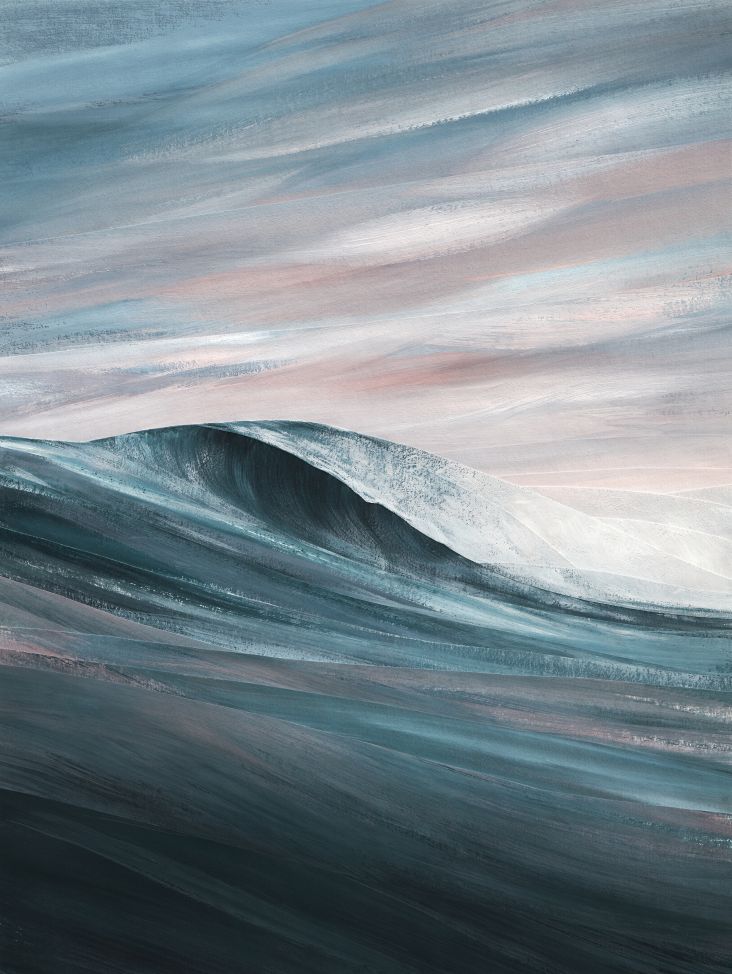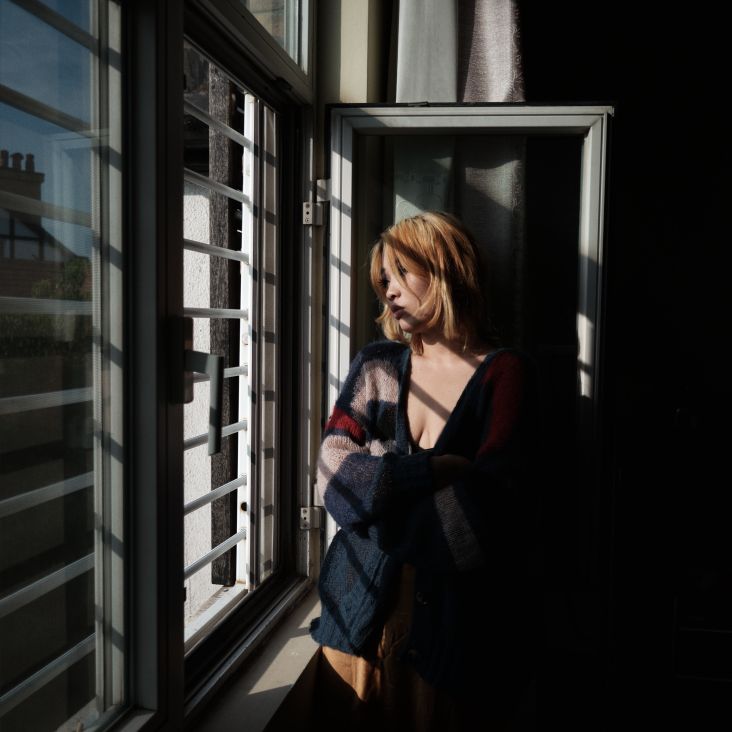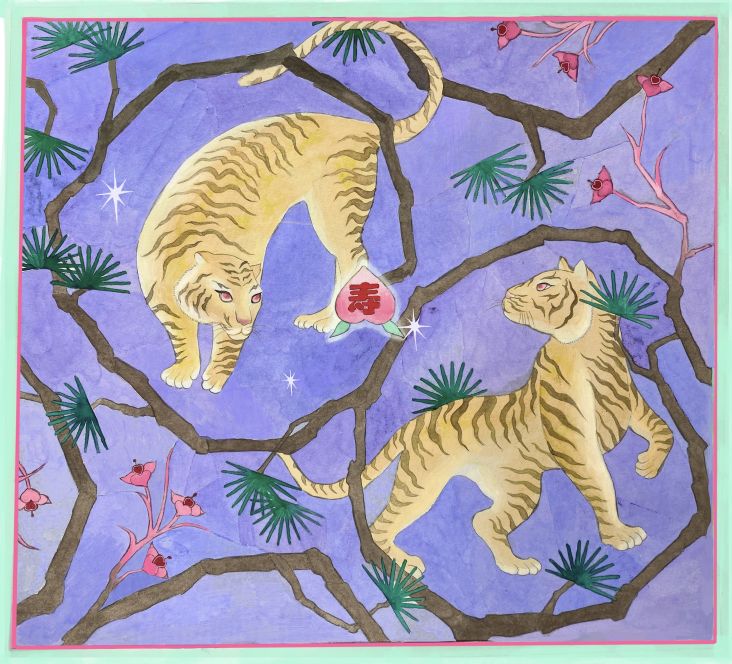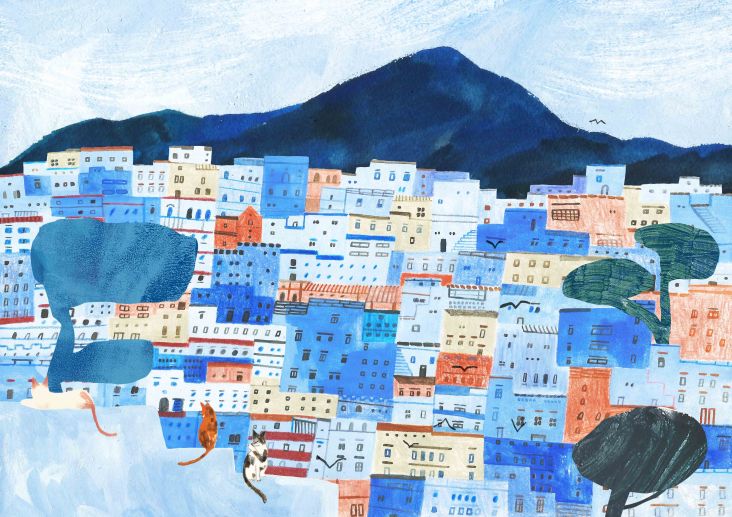Curiouser and Curiouser: conceptual photo series brings Alice to modern-day Vegas
Fine art photographer Vicky Martin explains the thinking behind her new series, a thoroughly modern interpretation of the Victorian children's classic.
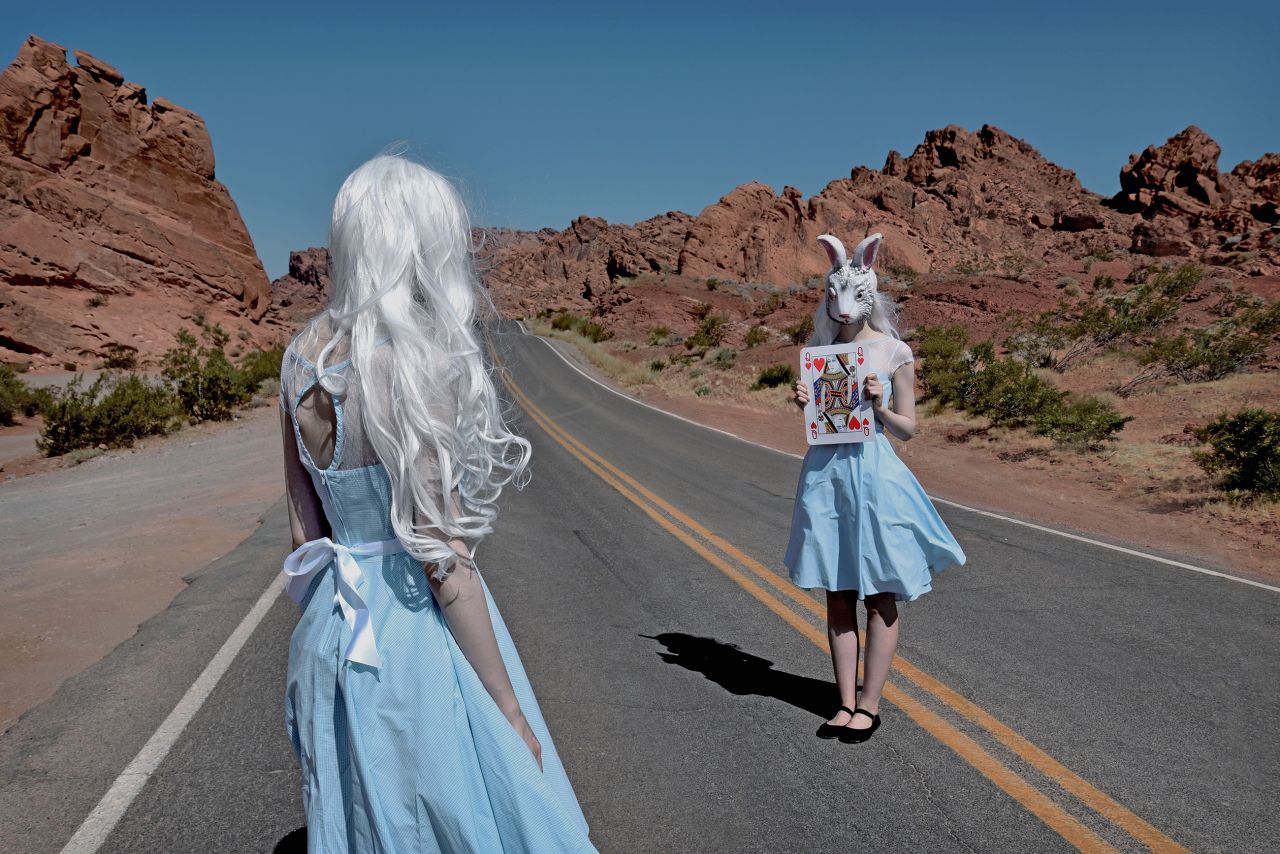
From the series, Curiouser and Curiouser © Vicky Martin
Alice's Adventures in Wonderland may have been written 157 years ago, but it's the gift that keeps on giving. The fantastical story has inspired countless artists through three centuries and continues to do so today.
Finding a new take on the girl who falls through a rabbit hole into a magical world isn't exactly easy. But Vicky Martin, a fine art photographer from Staffordshire, has nailed it with Curiouser and Curiouser; a conceptual series of photographs influenced by the much-loved Lewis Carroll novel.
Vicky's series is inspired by the notion of 'not belonging', pinpointing the novel's appeal to generations of children and aligning it with contemporary discussions around mental health.
"I personally identify with the theme of 'not belonging' that features prominently in Alice's narrative," Vicky explains. "Immersed in a world of make-believe, Alice shows her courage and strength by being able to successfully navigate through a fantasy land, appearing more at home in this wonderland than that in Victorian society.
"In my series, the modern-day wonderland of Las Vegas provides the backdrop for the protagonist to discover, struggle with, and eventually come to terms with her feelings of not fitting in."
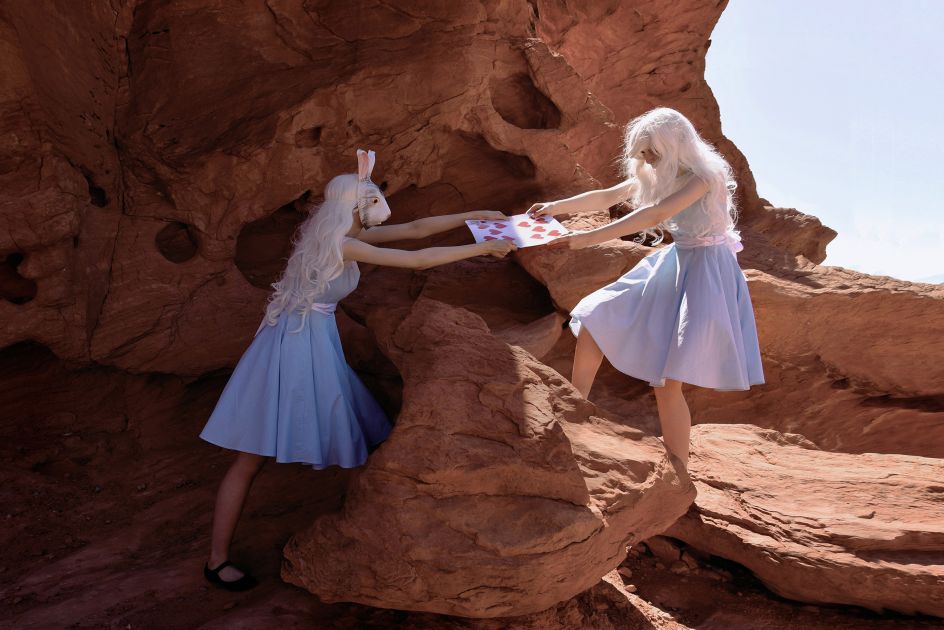
© Vicky Martin
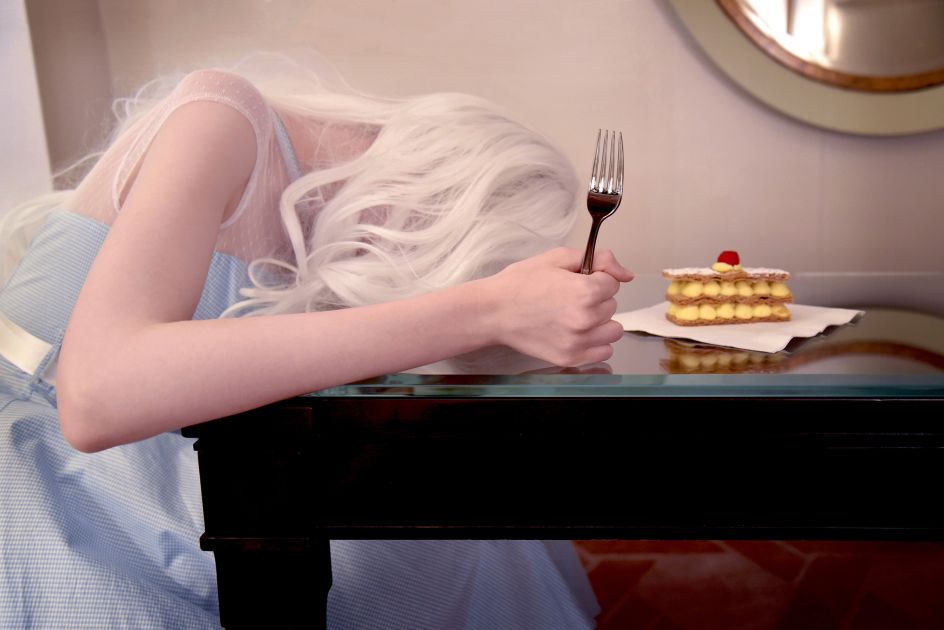
© Vicky Martin
Joining Alice on her Vegas adventure is another character from the novel, the White Rabbit. Here, Vicky was inspired by the following passage, when Alice has just fallen down the rabbit hole and is contemplating how to cope with the frightening, bewildering situation she finds herself in.
The narrator describes how 'this curious child was very fond of pretending to be two people. "But it's no use now," thought poor Alice, "to pretend to be two people! Why, there's hardly enough of me left to make one respectable person!'.
"The idea here of Alice projecting some of her own thoughts and feelings into another person was the inspiration for the relationship I created between my own Alice and White Rabbit," Vicky explains. "The figure of the White Rabbit is a manifestation of the grown-up thoughts and attitude that my protagonist is struggling to adopt and claim as her own."
She adds that: "The White Rabbit encourages Alice to accept herself for who she is and to adapt to the daunting transition from child to adult: the calming influence to Alice's angst and anxiety, the friend who dissipates her sense of loneliness and the 'one respectable person' that Alice finds the courage to become at the end of the series."
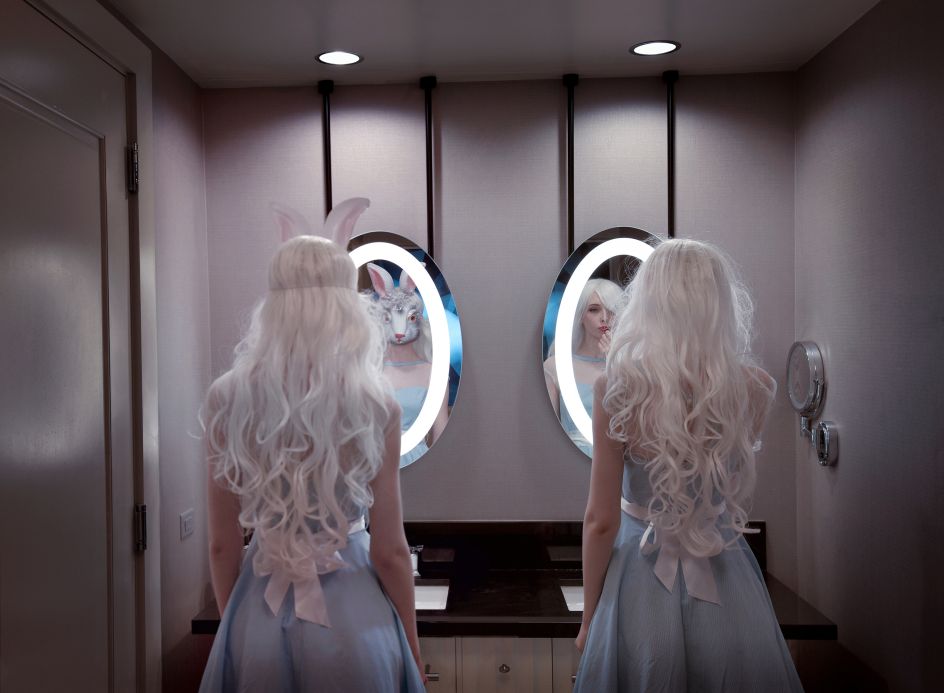
© Vicky Martin
These themes fit well with Vicky's wider body of work, which has been widely published, exhibited nationally and internationally, in solo and group shows across the US and Europe, and won her several awards and nominations.
The photographer is best known for her conceptual portraits depicting the conflict between themes of fantasy and reality and strength and vulnerability, especially concerning the female experience.
"I intertwine my created characters with staged realities, which seek to convey the tension and conflicts found within the self," she explains. "Throughout my work, I like to explore, through strong female characters, recurring themes that I am drawn to, such as conformity to the stereotypical, individual and societal expectations of femininity, vulnerability and self-doubt.
"Whilst all my works contribute to the narrative framework developed across my series', they also each depict an element of ambiguity that the viewer is invited to interpret in relation to themselves and their unique perception of the world."
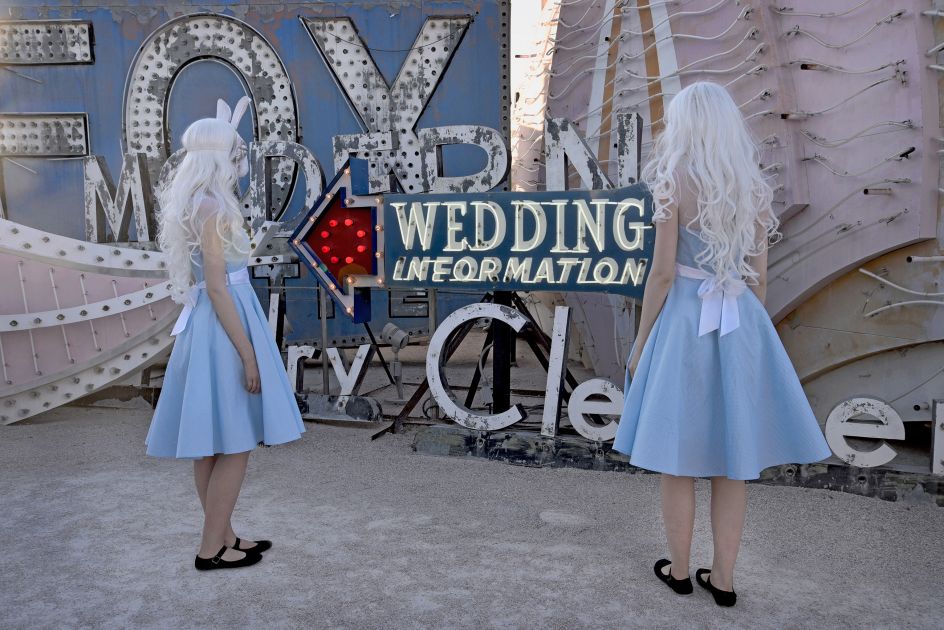
© Vicky Martin
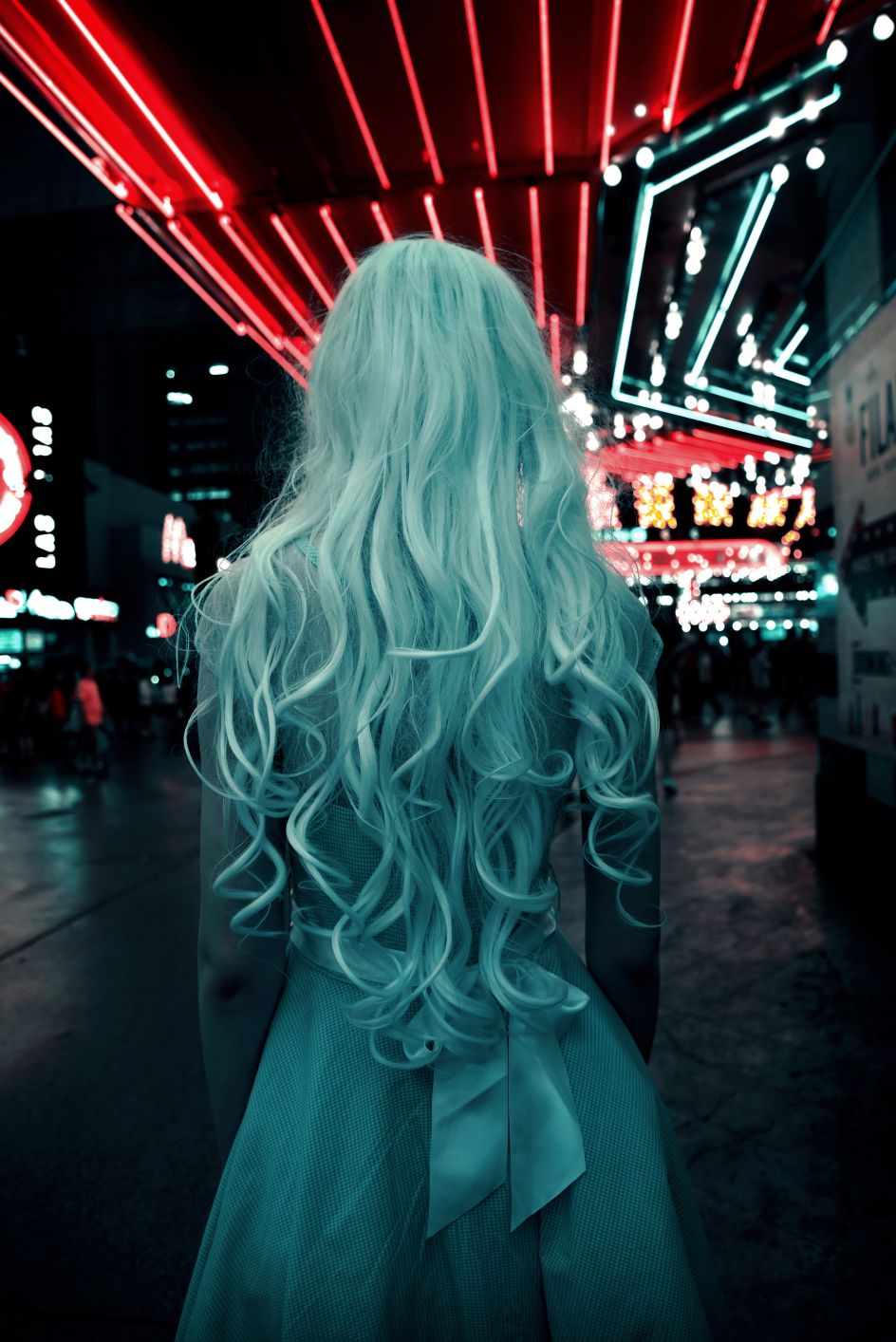
© Vicky Martin
She adds that Alice is typical of the strong female characters Vicky likes to feature. "However, behind her strength lies doubts and insecurities about who she is and who other people think she is, which I sought to convey in this series.
"The childhood character placed into an adult world depicts the tension I wanted to create around the idea of growing up and becoming an adult. The push-pull relationship symbolised by Alice and the White Rabbit mirrors the conflict an individual feels when leaving behind the safety and comfort of childhood for the pressure and anxiety of growing up."

















